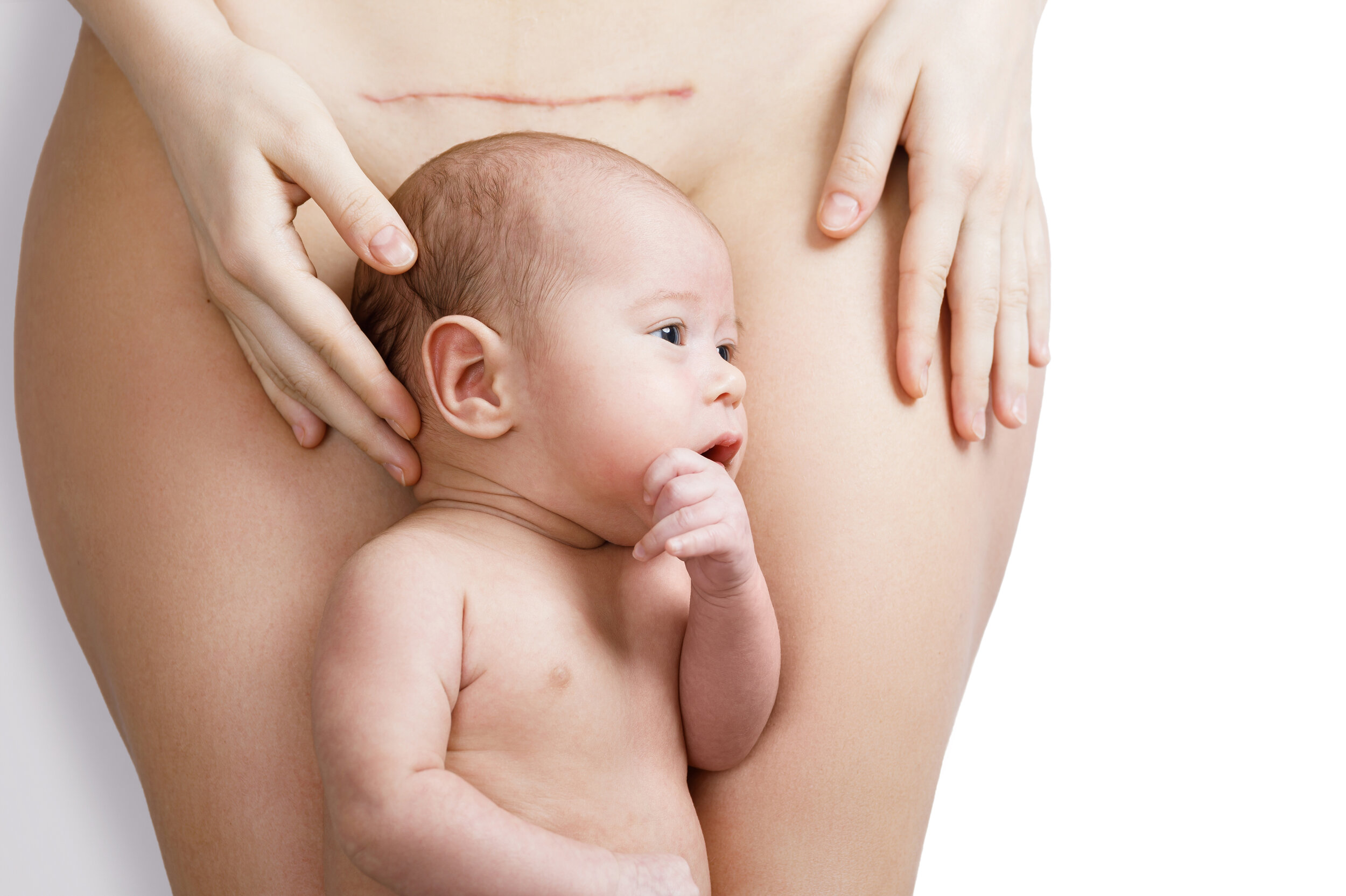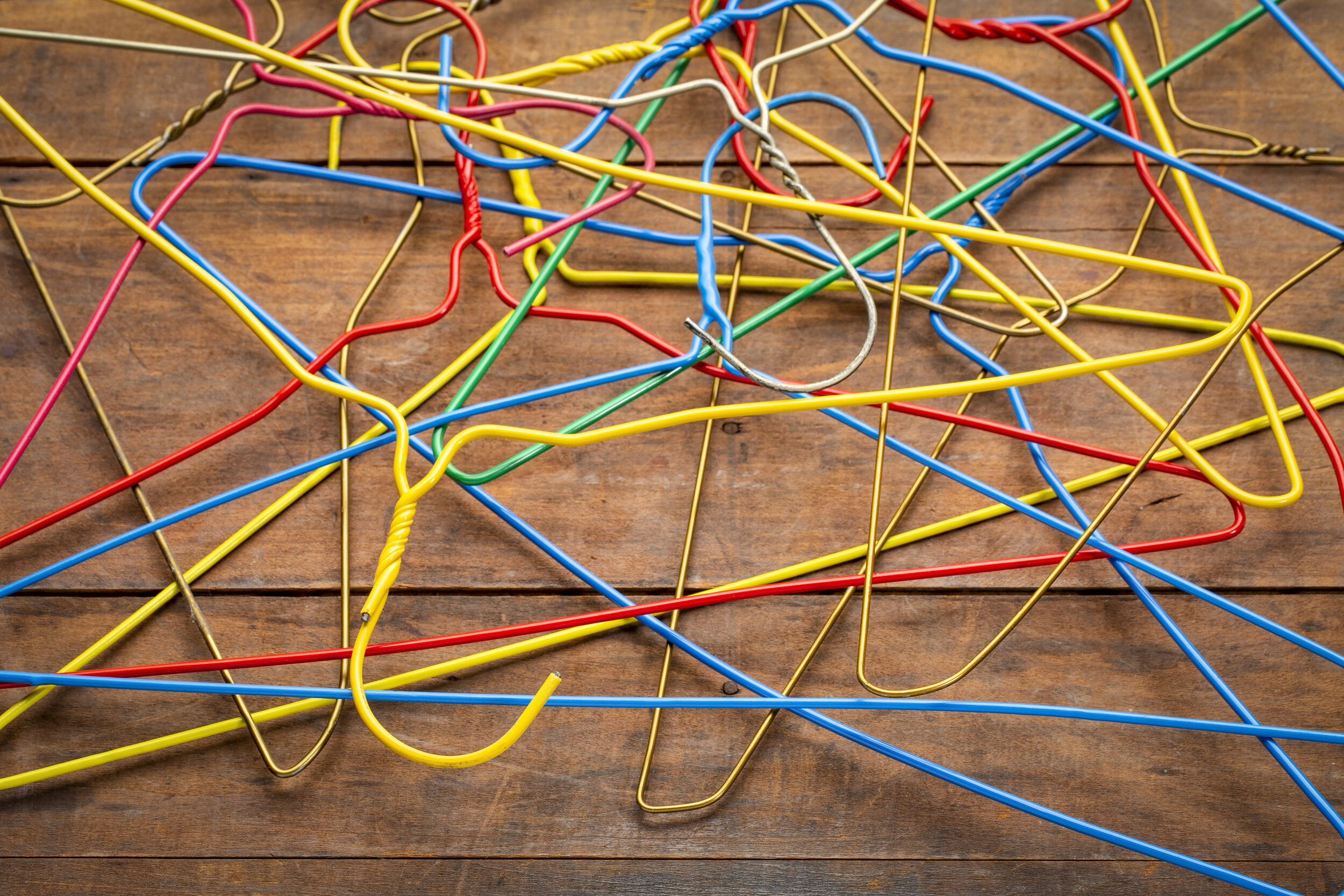Can massaging your C-Section scar decrease pain and improve postpartum recovery?
Starting off on a personal note I have two healthy, high-energy boys that were both delivered via cesarean (both unplanned but that is a story for another day). The postpartum team encouraged walking so that is just what I did. I will never forget the first time attempting to get out of bed and stand upright, the pinching, pulling, pain I felt along my incision site took my breath away. True, this should be expected after a major surgery but words sometimes can’t prepare you for the physical experience. After this each walk started with a few deep breaths and a mental pep talk that this was what my body needed to heal. One thing I was never educated on by the medical team (with both deliveries) was massage along the incision site. Fortunately with my physical therapy background and rehabbing post-surgical patients I had an aha moment that scar mobilization was important during my recovery too. While in the hospital I started massaging the muscles above and below my incision site with light, circular pressure and….surprise that first step (although still painful) was noticeably more tolerable. After about a week or two I progressed to adding light cross friction massage across the closed, well-healed incision site itself. Then further along in my recovery, I worked a little deeper on raised areas and any areas I felt intermittent pinching or grabbing. My youngest just turned three years old last month and I am happy to say I don’t have any pain along my scar and I don’t have the “shelf” most C-section mommas talk about. Was it my early intervention of scar massage, my surgical team’s skills in “putting me back together,” or a combination of it all? Let’s dive in a little deeper.
image credit: Blackday/Adobe Stock
I recently read a research article (RCT) about women experiencing chronic scar pain after C-section and the effectiveness of Soft Tissue Mobilization or Scar Massage to treat. Here are the highlights:
“More than 1.27 million cesarean sections (C-sections) are performed annually in the United States. Approximately 6-18% of these will result in chronic scar pain…” Wasserman et al. (2018). For (unfortunate) comparison purposes, according to the CDC the current incidence in the United States for Coronavirus is 8.7% (7/3/2020). To me this shows that this is a surprisingly common issue.
Women with ages ranging from 25-65 underwent four 30 minute treatment sessions provided by Physical Therapists over the course of 3 weeks comparing superficial vs combined superficial/deep soft tissue mobilization (STM). Time since C-section ranged from 6 months to 35 years.
Significant improvements for pain, subjective disability, and pressure pain threshold were shown in BOTH groups. There was no significant difference between the two interventions i.e. one was not better than the other. This shows the possibly less painful, superficial STM only intervention was just as effective as the intervention adding deep STM.
Checkout the article for more specifics on the inclusion criteria of the 28 subjects, the manual interventions, and other outcome measures not included in my summary. Wasserman, J.B., Abraham, K., Massery, M., Chu, J., Farrow, A., Marcoux B.C. (2018). Soft Tissue Mobilization Techniques Are Effective in Treating Chronic Pain Following Cesarean Section: A Multicenter Randomized Clinical Trial. Journal of Women’s Health Physical Therapy: 42(3).
What exactly is happening to my body when it is healing?
There are four stages of wound healing but for simplicity we are going to target the 3rd and 4th stages which are the Proliferative (day 6-21) and Maturation (day 21 to ~2 years) Phases respectively. Collage is the main structural protein in connective tissue and contributes directly to wound healing during these phases. During the 3rd stage collagen is laid in a hap-hazard pattern think a pile of sticks or hangers just tossed onto the floor that have no real pattern so if you attempt to pick it up some of it falls apart and some lumps together. For us when we initially stand or stretch the incision that is why we may feel more pinching and pulling in pin-point areas, This could be the initial collagen being more distributed in one area vs others. During the 4th phase the collagen should transition to a more organized cross-hatch pattern think of the cotton fibers in a t-shirt or a rattan chair. These items are able to stretch and take stress from all directions without breaking. This is where our scar should end up. Maybe just walking isn’t enough and we need to implement direct treatment or incision/scar massage to this area during the Proliferative and Maturation Phases. That way we stress and challenge the tissue for optimal re-building and remodeling.
image credit: MarekPhotoDesigns/Adobe Stock
This may be a worthwhile conversation to explore with your healthcare providers if you are in the acute/sub-acute stages of healing from a C-section or you had one years ago and are dealing with continued pain. As the article above shows a change was made in just four 30 minute visits over 3 weeks, and in my personal experience with a couple of minutes a day of self scar mobilization when healing from my C-sections.
I hope this post helps you take a step in the right direction to move towards your Meaningful Movement ❤️


